2. Setting Fire to the Devil
Christmas Traditions in GuatemalaWhere: Guatemala Expense: A tidy home Key Points:
Pre-Christmas Cleaning: In the week leading up to Christmas, Guatemalans engage in a thorough cleaning of their homes, preparing for the festive season.
Rubbish Piling Tradition: As part of the celebration, people gather rubbish and create a large pile, symbolizing the removal of negativity and impurities.
Devil Effigy: An effigy representing the devil is placed on top of the rubbish pile, which is then burned, signifying the triumph of good over evil.
Conclusion
This unique tradition highlights the importance of cleanliness and renewal in Guatemalan Christmas celebrations. Have you encountered similar customs in other cultures that emphasize cleansing or renewal during the holidays?
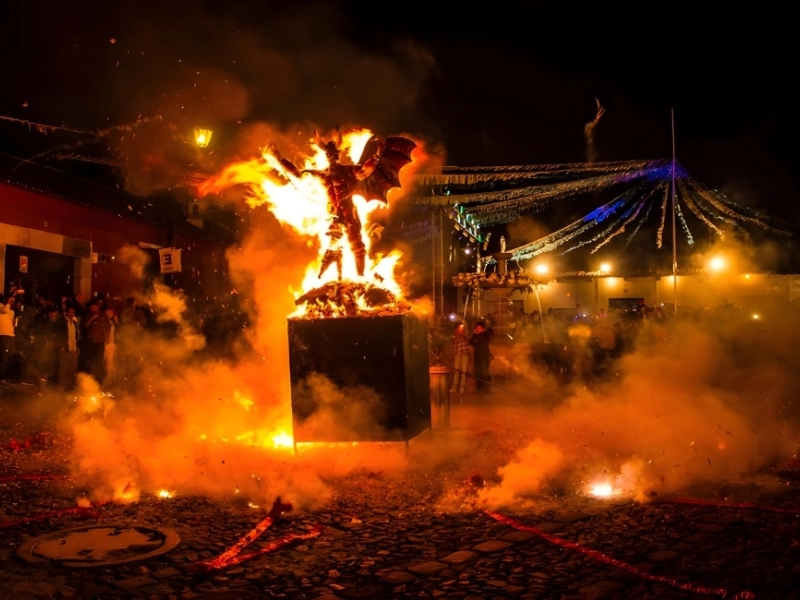
- La Quema del Diablo: The Burning of the Devil
Tradition: La Quema del Diablo (The Burning of the Devil) Location: Guatemala Key Points:
Symbolic Cleansing: This tradition involves burning the devil effigy along with the rubbish pile, representing the eradication of negative energy from the past year.
Starting Fresh: The ashes from the fire are seen as a way to cleanse the home and spirit, allowing for a fresh start in the new year.
Community Participation: Guatemalans come together to partake in this ritual, fostering a sense of community and shared purpose.
Conclusion
La Quema del Diablo is a powerful tradition that symbolizes renewal and the hope for a better year ahead. Have you ever participated in a ritual or tradition aimed at cleansing and starting anew?
Recommended Reading: Journey Through 11+ Astonishing Size Differences You Never Knew Existed
You are viewing page 2 of this article. Please continue to page 3







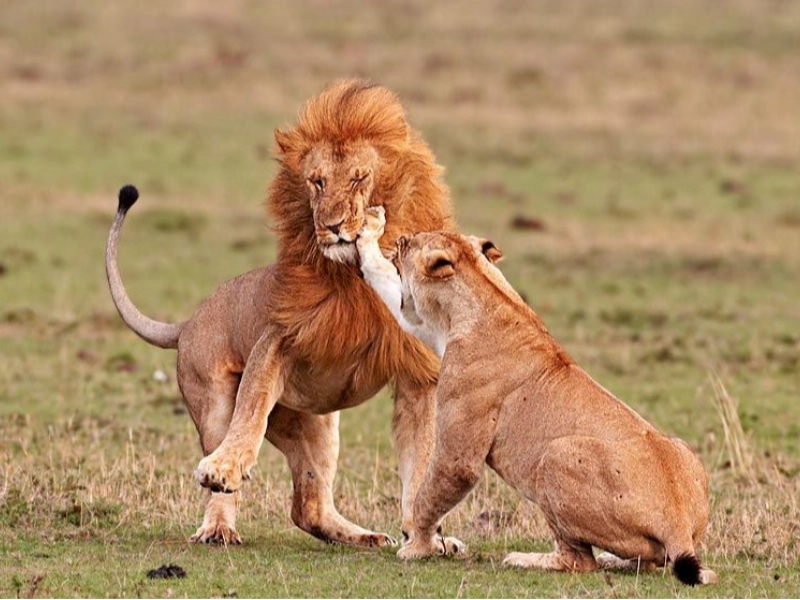

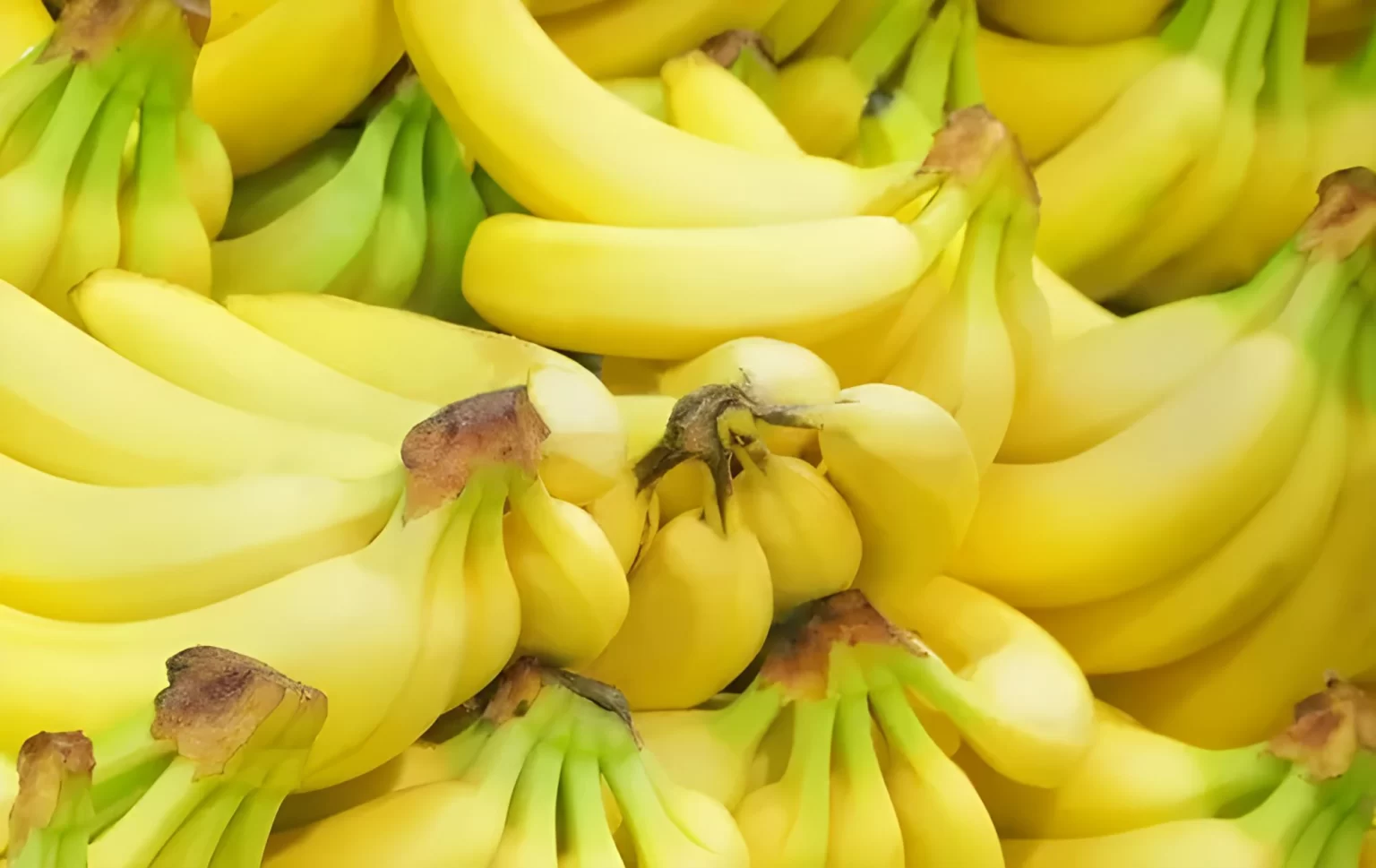
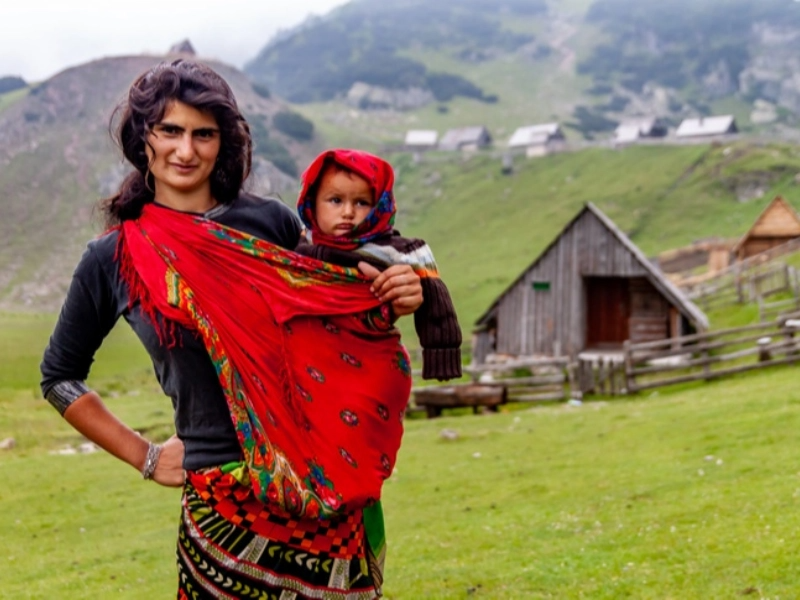
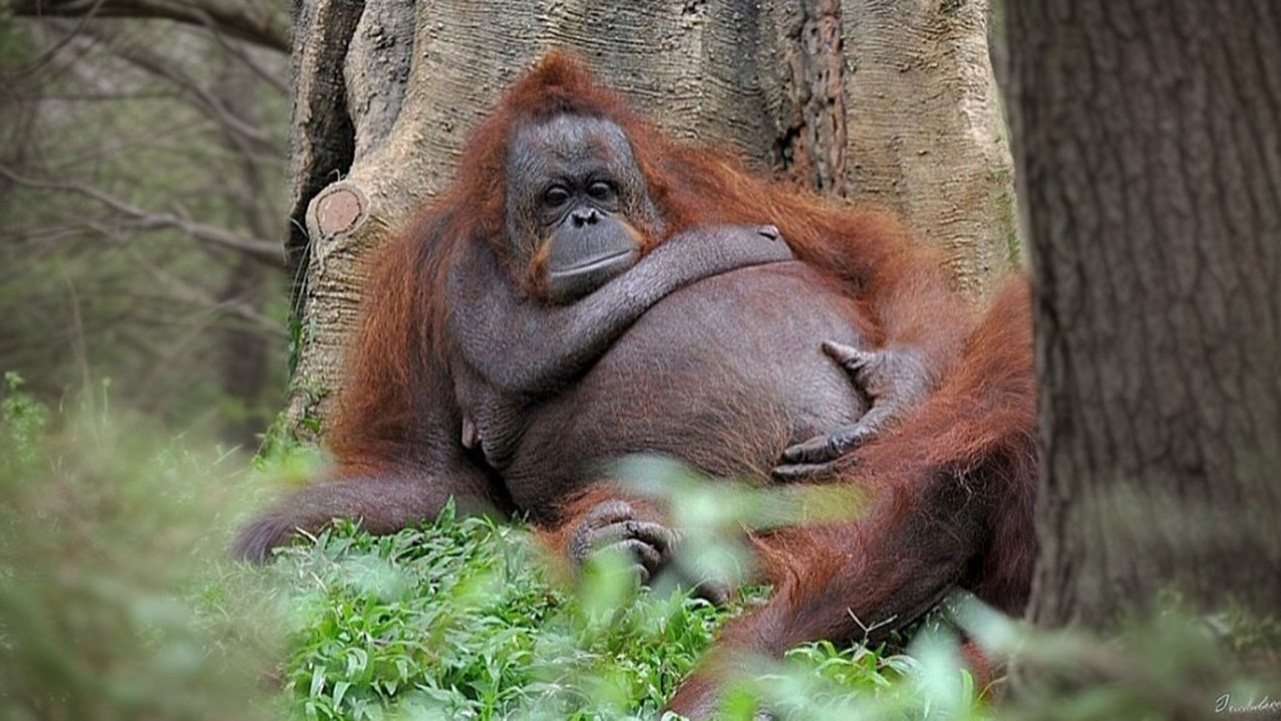


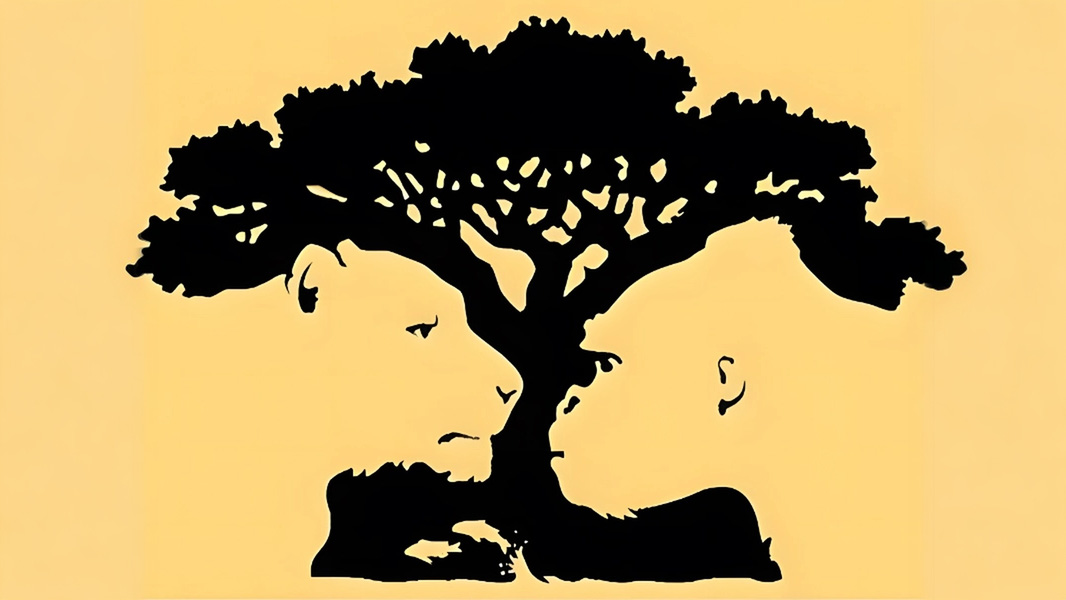

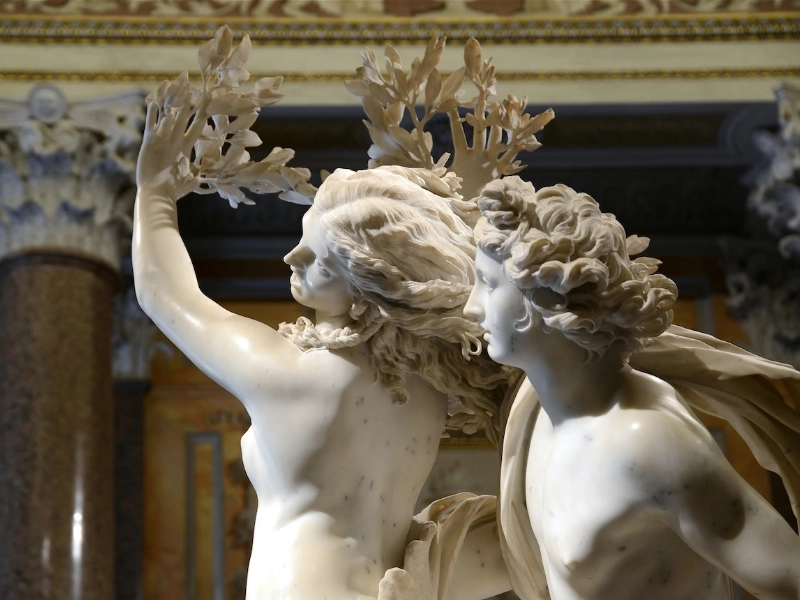







Good candidate for AB layering.
Opens a fresh comparative angle.
Good candidate for AB layering.